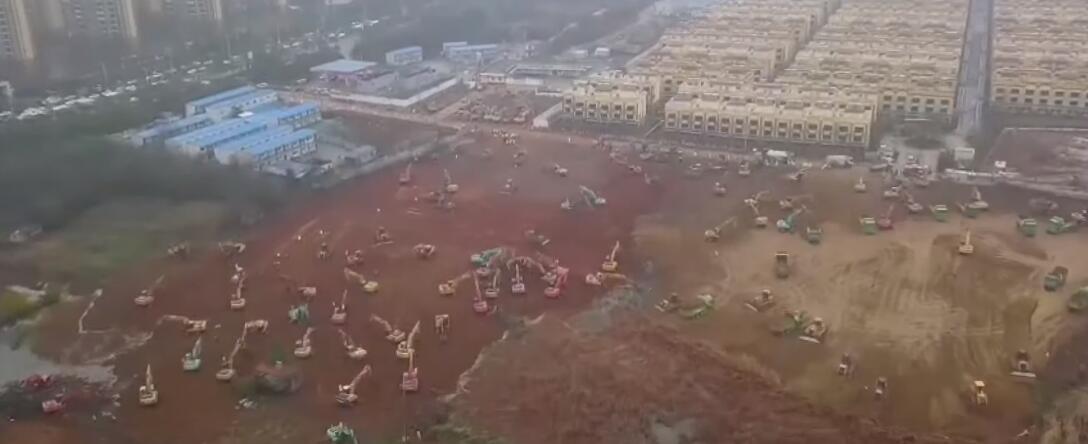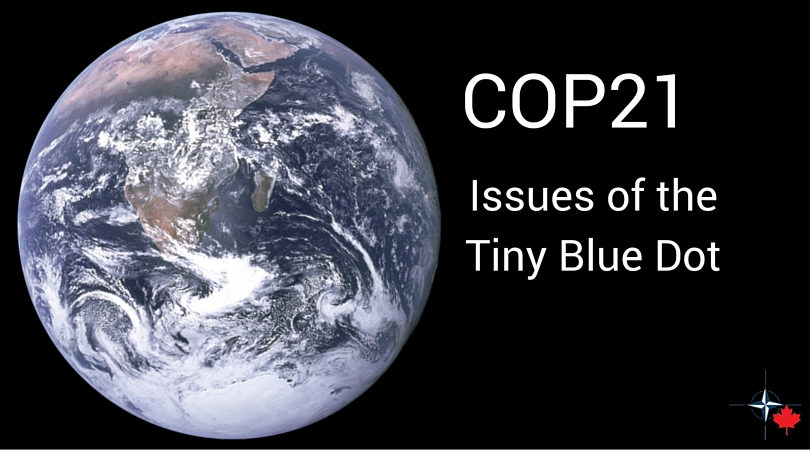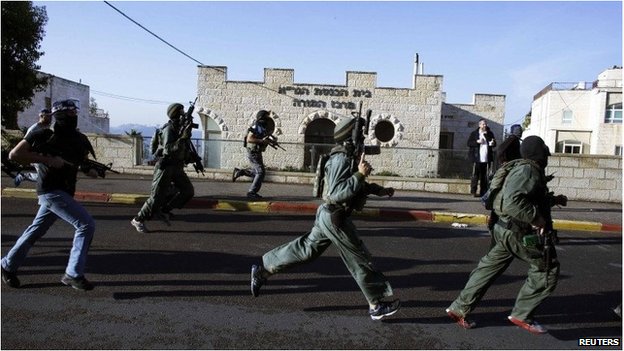In late January 2020, the world had only just heard of the strange and highly contagious virus with flu-like symptoms that would come to be known as COVID-19. Since then, the COVID-19 pandemic has evolved to a scale unforeseen since the Spanish flu, affecting life around the world. At the epicentre of the pandemic was a Chinese city with about one and a half times Toronto’s population, called Wuhan, in Hubei province.
As international media outlets started to report on the progression of the mysterious virus originating in China and the apparent inaction of the Chinese authorities, the situation conjured up a chilling sense of déjà-vu. During the SARS outbreak of 2003, the actions (or lack thereof) of the Chinese authorities had permitted the virus to spread worldwide. In a rare admission of guilt by Chinese authorities following the crisis, Vice Minister of Health Gao Qiang said in 2003 that China was “not well-prepared [for the outbreak]” and “didn’t give clear instructions or effective guidance.” The ineffectiveness of the Chinese authorities during the crisis detracted from the image Beijing was trying to portray internationally, that of a responsible and competent government. Rehabilitating China’s image is still at the centre of Xi Jinping’s policies, presenting the image of a “credible, loveable and respectable China,” as he put it. Thus, Chinese authorities were determined to save face and not repeat the mistakes of the SARS crisis with this newly identified virus in Wuhan.
Many readers will remember the timelapse video showing the construction of the Huoshenshan hospital early in the pandemic, even if they have forgotten its name. Built in Wuhan in a matter of only ten days, this 1,000-bed hospital was constructed to treat COVID-19 patients and is, without a doubt, an impressive feat of engineering and government policy. The timelapse was shared by Chinese official sources, most notably the state sponsored media outlets Chinese Central Television (CCTV) and China Global Television Network (CGTN). In addition, it was picked up by Western media who published articles canonizing the efforts of the Chinese authorities. For instance, the Wall Street Journal published a piece titled “How China Built Two Coronavirus Hospitals in Just Over a Week: Second of two facilities is completed as health authorities race to respond to outbreak.” [Emphasis added] Released at a time when verifiable information coming from Wuhan and China at large was scarce, the video was likely promoted by Chinese officials because it served China’s interests by demonstrating Beijing’s efforts to curtail the spread of the virus.
Even if there is no reason to believe that this video was fictitious in any way, it promoted a certain narrative about China’s reaction to the COVID-19 pandemic, which made it advantageous for Beijing to promote. Further still, the video was systematically shared by most Western media outlets (The New York Times, Wall Street Journal, Global News, The Guardian, etc.) and was the focus of significant attention. This intense coverage begs the question of what made it so popular and thus allowed it to so potently spread the narrative that China was doing all it could to stop the spread of the pandemic.
The chosen medium, the fact that it was a video, likely contributed to its popularity. As declared by Canadian communication scholar Marshall McLuhan, “the medium is the message,” and in today’s fast-paced and attention-deficient society, video is the most potent medium for distributing (biased) content (PDF). It is highly unlikely that anyone would have been mesmerized by an official communiqué detailing the construction of a hospital in 10 days, however well worded it was. The maxim that an image is worth a thousand words might indeed have played into Beijing’s hand. Moreover, the impressiveness of the feat might have contributed to its popularity among Westerners. As in sports, people are interested in seeing impressive performances that catch the eye and the construction of a hospital in record time surely fits this mold.
In one aspect, however, the Wuhan hospital video’s popularity was an anomaly: despite the fact that negative news are well-known to draw attention more easily and be more dominant in the mind of people (PDF), the video has an overall positive tone. Truly, it paints a reassuring picture that Beijing was taking steps to prevent this outbreak from turning into a pandemic.
We are then left with a key question: who was this publicity stratagem targeted towards? Was the sharing of the timelapse of the hospital construction intended primarily for a foreign audience worried about the spread of the virus abroad? Or was it aimed toward the Chinese people concerned that their government might not be doing enough to prevent the spread of the virus within the Middle Kingdom? There seems to be little doubt that the Chinese authorities were trying to defend their credibility both at home and abroad.
The analysis of this influence operation exposes the efforts of the Chinese authorities to manipulate their image in relation with the COVID-19 pandemic. In addition, it illustrates the potency of a striking video in reaching Western audiences. These factors highlight the importance of viewers’ awareness of what news content is presented and how it might reflect the interests of a given actor.
Featured image: Wuhan Huoshenshan Hospital under construction (2021), by China News Service via Wikimedia Commons.
Disclaimer: Any views or opinions expressed in articles are solely those of the authors and do not necessarily represent the views of the NATO Association of Canada.




